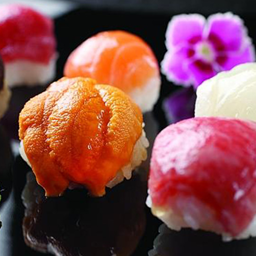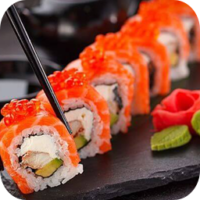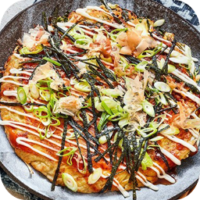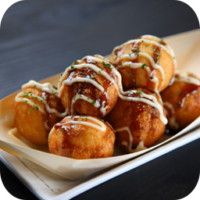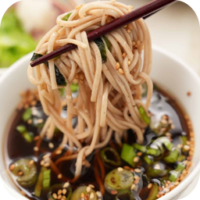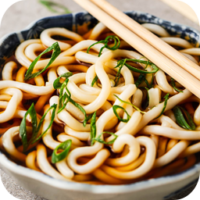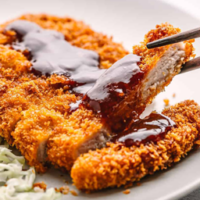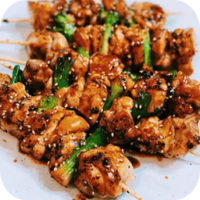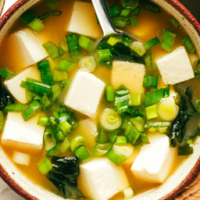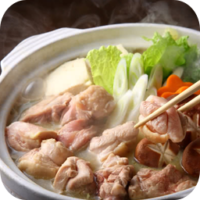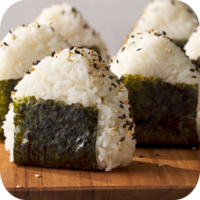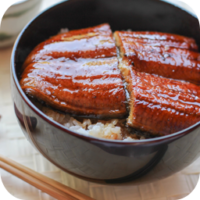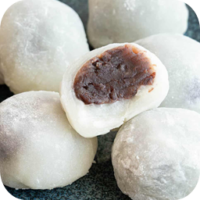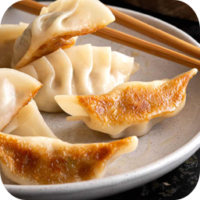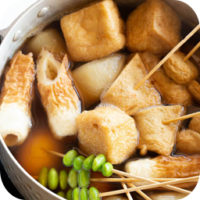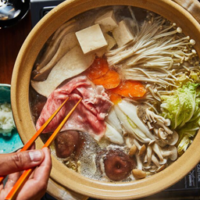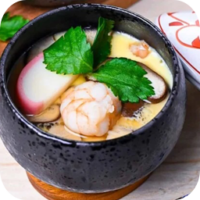Posted by theeatland
- Jan 1, 2025
- 77
- 0
Kaiseki (懐石) is a traditional multi-course Japanese meal that emphasizes seasonal ingredients, artful presentation, and a balance of taste, texture, and color. It is considered the pinnacle of Japanese haute cuisine and is often served in high-end restaurants or during special events. The meal is designed to reflect the harmony of nature, showcasing the best ingredients available at the time.
Key Features of Kaiseki:
- Course Structure:
- Kaiseki meals consist of several courses, typically between 7 to 15 dishes. The courses are served in a specific order, starting with lighter dishes and gradually moving to heavier or more complex flavors.
- Seasonality:
- The core philosophy of kaiseki is the use of seasonal ingredients. This means that the meal changes with the seasons, incorporating the freshest produce, fish, and meats available at that time.
- Presentation:
- A significant aspect of kaiseki is its artistic presentation. Each dish is carefully arranged, and the aesthetic qualities of color, texture, and shape are as important as the taste.
- Balance:
- The meal seeks to achieve a balance of flavor, texture, and visual appeal. Different textures, such as crunchy, tender, and smooth, are balanced, and the tastes range from sweet to savory to sour, often in the same meal.
Typical Courses in Kaiseki:
- Sakizuke (先付け):
- The appetizer or starter, often a small bite or dish to open the meal.
- Hassun (八寸):
- A course that represents the season, usually consisting of a small selection of seasonal dishes.
- Mukōzuke (向付け):
- A dish that often features sashimi (raw fish), carefully selected to highlight the season.
- Takiawase (煮合わせ):
- A simmered dish made with vegetables and meat or fish, prepared to balance flavors.
- Futamono (蓋物):
- A covered dish, often a soup, which can be served as a hot or cold dish, featuring ingredients like tofu or seasonal vegetables.
- Shokuji (食事):
- The rice course, often served with miso soup or pickles. It’s typically the final savory course before dessert.
- Mizumono (水物):
- A dessert course, which often features fresh fruit or light sweets to cleanse the palate.
Cultural Significance:
- Kaiseki is deeply tied to the Japanese tea ceremony (chanoyu), where it was originally developed as a simple meal served to guests. Over time, it evolved into a refined and formal dining experience.
- The meal not only reflects the culinary expertise of the chef but also the values of hospitality (omotenashi) and attention to detail.
Fun Fact:
The kaiseki meal can vary greatly depending on the region, the season, and the chef’s personal style. Some chefs will even add their own twist, incorporating unique techniques or modern ingredients into the traditional framework.
Tags:
- artistic presentation
- balance of flavors
- culinary tradition
- gourmet meal
- high-end restaurant
- Japanese culinary art
- Japanese fine dining
- Japanese food culture
- Japanese gastronomy
- Japanese haute cuisine
- kaiseki
- kaiseki dinner
- multi-course meal
- omotenashi
- refined cuisine
- sashimi
- seasonal dishes
- seasonal ingredients
- sushi course
- tea ceremony meal
- traditional Japanese food
Recommended Posts
- Jan 1, 2025
- 84 read
Sushi (寿司) is one of the most iconic and internationally recognized dishes...
Read Article- Jan 1, 2025
- 69 read
Okonomiyaki (お好み焼き) is a savory Japanese pancake made from a flour-based batter...
Read Article- Jan 1, 2025
- 100 read
Takoyaki (たこ焼き) is a popular Japanese street food consisting of octopus-filled dough...
Read Article- Jan 1, 2025
- 73 read
Soba (蕎麦) refers to traditional Japanese noodles made from buckwheat flour, although...
Read Article- Jan 1, 2025
- 104 read
Udon (うどん) is a traditional Japanese noodle dish made from wheat flour,...
Read Article- Jan 1, 2025
- 79 read
Tonkatsu (とんかつ) is a popular Japanese dish consisting of breaded and deep-fried...
Read Article- Jan 1, 2025
- 128 read
Yakitori (焼き鳥) is a popular Japanese dish consisting of grilled chicken skewers....
Read Article- Jan 1, 2025
- 70 read
Miso Soup (味噌汁) is a traditional Japanese soup made primarily from miso...
Read Article- Jan 1, 2025
- 73 read
Onigiri (おにぎり) is a traditional Japanese rice ball, often shaped into triangles...
Read Article- Jan 1, 2025
- 71 read
Unagi (鰻) is the Japanese word for eel, specifically the freshwater eel...
Read Article- Jan 1, 2025
- 69 read
Mochi (餅) is a traditional Japanese rice cake made from glutinous rice...
Read Article- Jan 1, 2025
- 63 read
Gyoza (餃子) is a popular Japanese dish consisting of dumplings filled with...
Read Article- Jan 1, 2025
- 76 read
Oden (おでん) is a traditional Japanese winter comfort food that consists of...
Read Article- Jan 1, 2025
- 63 read
Shabu-Shabu (しゃぶしゃぶ) is a popular Japanese hotpot dish, characterized by thinly sliced...
Read Article- Jan 1, 2025
- 76 read
Chawanmushi (茶碗蒸し) is a traditional Japanese savory egg custard dish. Its name...
Read Article- Jan 1, 2025
- 67 read
Taiyaki (鯛焼き) is a popular Japanese fish-shaped pastry filled with sweet or...
Read Article
